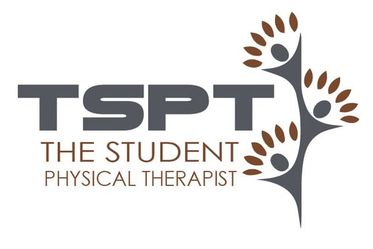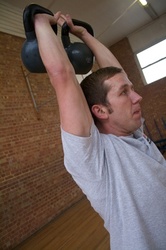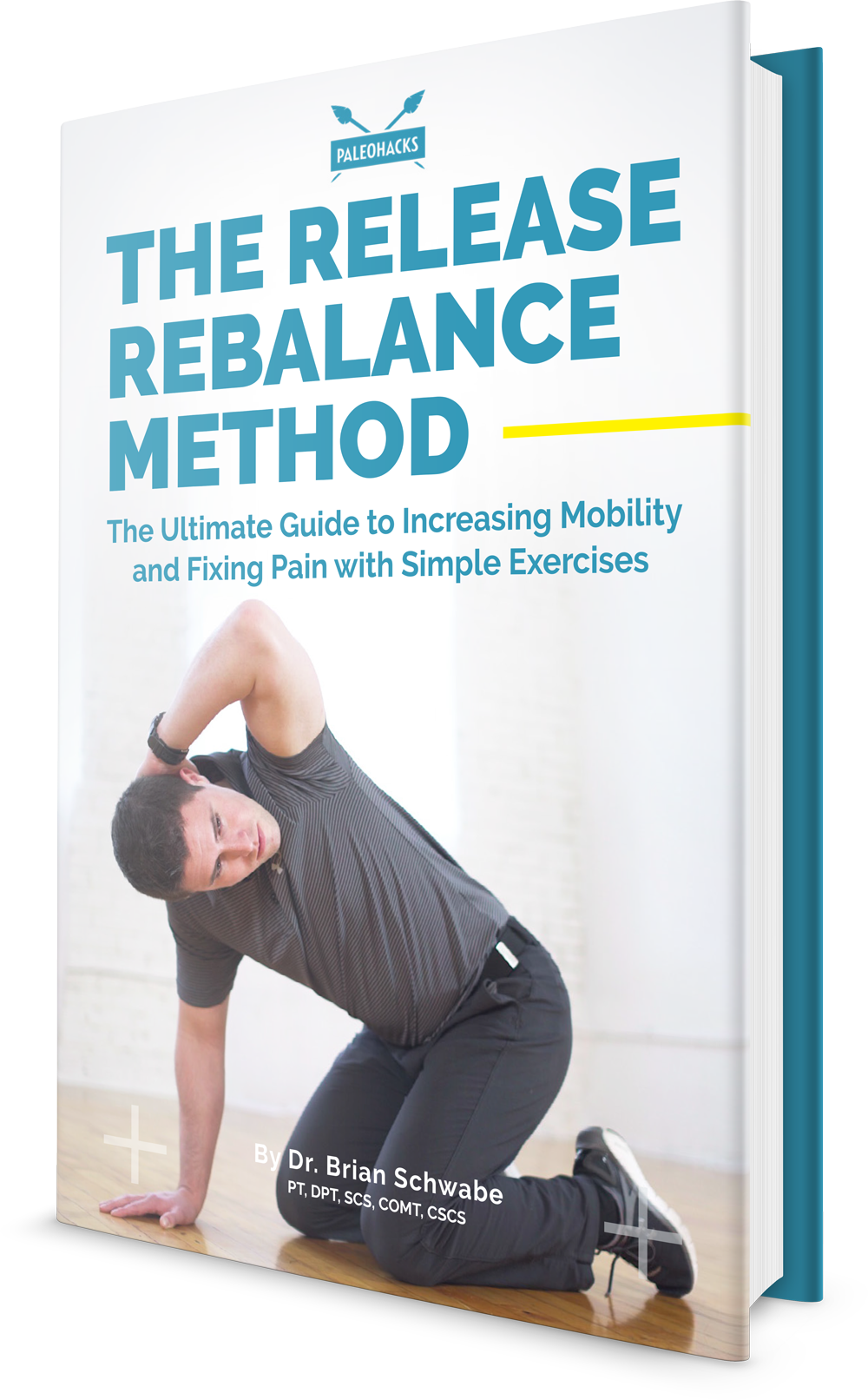- Home
- About Us
- TSPT Academy
- Online Courses
-
Resources
- Newsletter
- Business Minded Sports Physio Podcast
- Day in the Life of a Sports PT
- Residency Corner
-
Special Tests
>
-
Cervical Spine
>
- Alar Ligament Test
- Bakody's Sign
- Cervical Distraction Test
- Cervical Rotation Lateral Flexion Test
- Craniocervical Flexion Test (CCFT)
- Deep Neck Flexor Endurance Test
- Posterior-Anterior Segmental Mobility
- Segmental Mobility
- Sharp-Purser Test
- Spurling's Maneuver
- Transverse Ligament Test
- ULNT - Median
- ULNT - Radial
- ULNT - Ulnar
- Vertebral Artery Test
- Thoracic Spine >
-
Lumbar Spine/Sacroiliac Joint
>
- Active Sit-Up Test
- Alternate Gillet Test
- Crossed Straight Leg Raise Test
- Extensor Endurance Test
- FABER Test
- Fortin's Sign
- Gaenslen Test
- Gillet Test
- Gower's Sign
- Lumbar Quadrant Test
- POSH Test
- Posteroanterior Mobility
- Prone Knee Bend Test
- Prone Instability Test
- Resisted Abduction Test
- Sacral Clearing Test
- Seated Forward Flexion Test
- SIJ Compression/Distraction Test
- Slump Test
- Sphinx Test
- Spine Rotators & Multifidus Test
- Squish Test
- Standing Forward Flexion Test
- Straight Leg Raise Test
- Supine to Long Sit Test
-
Shoulder
>
- Active Compression Test
- Anterior Apprehension
- Biceps Load Test II
- Drop Arm Sign
- External Rotation Lag Sign
- Hawkins-Kennedy Impingement Sign
- Horizontal Adduction Test
- Internal Rotation Lag Sign
- Jobe Test
- Ludington's Test
- Neer Test
- Painful Arc Sign
- Pronated Load Test
- Resisted Supination External Rotation Test
- Speed's Test
- Posterior Apprehension
- Sulcus Sign
- Thoracic Outlet Tests >
- Yergason's Test
- Elbow >
- Wrist/Hand >
- Hip >
- Knee >
- Foot/Ankle >
-
Cervical Spine
>
- I want Financial Freedom
- I want Professional Growth
- I want Clinical Mastery
|
I attended a lecture once where the idea of a muscle being "short" for benefit was discussed. The instructor commented that we should be hesitant to try and "stretch" the hip flexors of speed skaters as this adaptive shortening allows the muscle to be more effective in the required range for the activity. Due to the standards set for the Thomas Test and systems like the Selective Functional Movement Assessment (SFMA), I thought this would make an interesting topic for discussion. Now I should make a distinction between two commonly confused items: relative stiffness and adaptive shortening. Relative stiffness stems from the idea of a direction of susceptible movement between two joints. For example when you are bending forward, even though both the hip and spine can provide motion to achieve the act, a greater amount of stiffness in one will allow the majority of motion to come from the other. Sahrmann refers to a spring example where two springs are attached to one another with different tension points (as depicted below). When you spread the springs apart, the majority of motion will come through the spring with less tension. On the other hand, true adaptive shortening occurs when the actual muscle length has been shortened, i.e. contracture. For the purpose of this discussion, both adaptive shortening and relative stiffness will be included in the argument and referred to interchangeably. How do these muscles develop increased stiffness/shortening? The answer lies in both repetitive activity and prolonged positioning. Going back to our skating example, the athlete is in a flexed position with the requirement of highly forceful and repetitive action of both the hip flexors and extensors, the former acting in a shortened position and the latter in a lengthened position. The hip flexors become especially effective in that shortened position. This activity in the shortened position increases the overall stiffness of the muscle which can lead to increased mobility requirements (as a result of less stiffness relatively) in the spine. Similarly, we, as a general population, spend an excessive amount of time sitting, which is a flexed position of the hip. Now I likely test for flexibility differently than most, as I have rarely ever seen a "negative" Thomas Test. When I complete the test, I feel for any movement at all of the ASIS before the femur reaches the final position. If movement occurs, I consider the test positive as the direction of susceptible motion is lumbar extension during the test. Getting back to the primary issue, likely at least part of the reason I so regularly see positive Thomas Tests is due to how much our population sits. That's a lot of time in the shortened position! The question about whether or not we should ignore the impairment has not been addressed and that is partially due toe the lack of a definitive answer. Personally, I think the impairment needs to be addressed. Having been trained in the aspects of the SFMA, there is a normal amount of motion that should occur from each joint during certain movements. Imbalances are what can lead to injury. Our goal should be to help bring balance back to the body. With our hip flexor stiffness from prolonged sitting, we can relate to the amount of low back pain associated with prolonged sitting. This can be easily treated with something such as repeated extensions in order to help restore the "balance" between flexion and extension in the nervous system. However, the argument can be made that were we to do this with the skater, the hip flexors wouldn't be as effective in that shortened position. Again, in my opinion, overall the athlete/client will be much more successful having the normal mobility throughout, leading to less risk of injury. What are your thoughts? Are there clients we should permit potentially beneficial adaptations to persist? -Chris Like this post? For more advanced information, join the Insider Access Page now! Also, check out similar previous posts below:
2 Comments
Aaron
7/16/2015 04:58:28 am
I think you make an important distinction between the general population and the athletic population for the reasons you stated i.e. decreased length of hip flexors may be advantageous for the figure skater, but decreased hip flexor length for desk-worker likely will not improve their ability to perform their job and may make recreational activities that they wish to perform outside of work more difficult.
Reply
Mal
1/9/2021 09:52:20 pm
I am for a balanced body, as less altered reciprocol inhibition and better neuro muscular efficency. Which in turn impacts overall health as we age. Adaptive shortening can cause hypertonicity and bad posture too. Each to their own. This is just my view, take care guys
Reply
Leave a Reply. |
Dr. Brian Schwabe's NEW Book in partner with PaleoHacks!
Learn residency-level content on our
Insider Access pages We value quality PT education & CEU's. Click the MedBridge logo below for TSPT savings!Archives
July 2019
Categories
All
|








 RSS Feed
RSS Feed